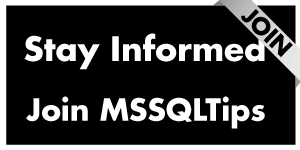SQL Server 2022 Tips
Resources, tip, tricks, scrips and more related to SQL Server 2022.
No Records Found
| Title | Speaker |
|---|---|
| SQL Server 2022 New Storage Features | Anthony Nocentino |
| SQL Server 2022 The hybrid data platform | Bob Ward, Anthony Nocentino and Melody Zacharias |
